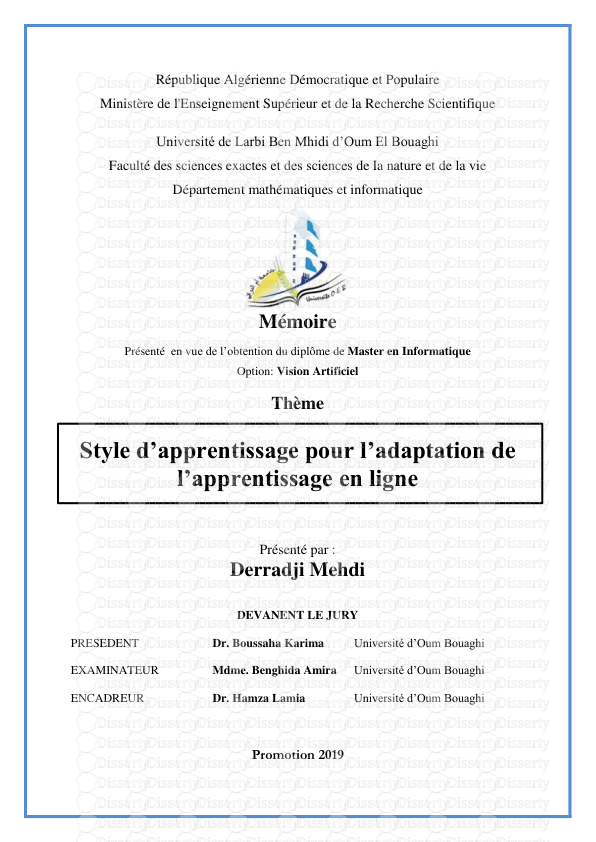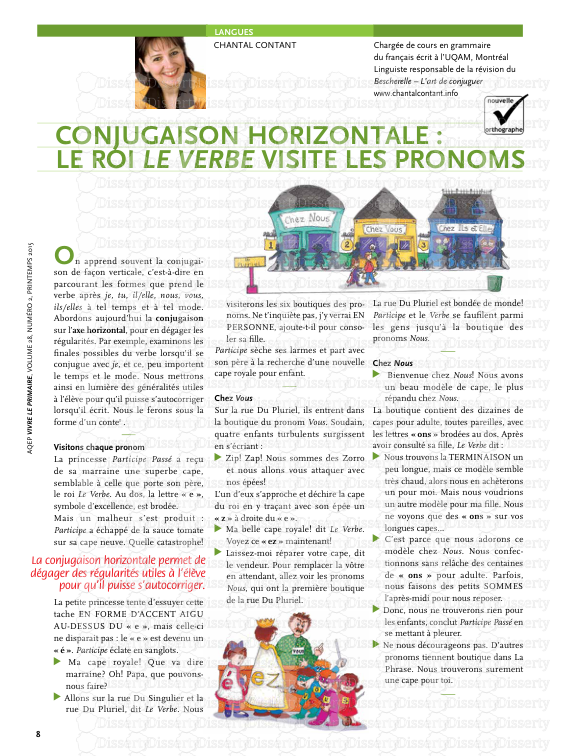BY MARTIN BUCK IT’S ANOTHER THREE-COLOUR EXAMPLE OF THE PAINTING GREEN SKIN By
BY MARTIN BUCK IT’S ANOTHER THREE-COLOUR EXAMPLE OF THE PAINTING GREEN SKIN By now you've probably had lots of experience painting Caucasian flesh tones with the one-, two-and three-colour painting methods. We've also had a look at painting darker flesh in the two-colour painting section. By using exactly the same techniques you can use practically any colour for flesh, which is particularly useful when you come to paint fantasy characters. T o demonstrate this I've chosen one of Foundry's Orcs, and asked fellow painter Martin Buck to give him a typically 'Orcish' green hide using the three-colour painting method. I also asked Martin to give the Orc a muted colour scheme using lots of Foundry's wonderful browns. This was partially because these colours look 'right' for an Orc, and partially because I was working on a green-skinned character with a much brighter taste in colours, which you'll see in the next section. Martin used colours from the Foundry Paint System to paint this model and he'll refer to the exact paints by their name and code throughout. If you're not using Foundry paints you should be able to match up the colours with equivalents from other manufacturers' ranges. For more detailed information on subjects like preparation, undercoating and paint consistency, refer to the chapters on 'Equipment' and 'T echniques' earlier in this book. If you've jumped straight into the painting guide at this stage, take a moment to read through these hints, tips and suggestions before you start painting. At this point you need to decide what colours to use on your model. Try to visualise the finished model. Look at other painters' work or reference material for inspiration. Also plan what to paint first. Start with the hardest or most difficult parts. It is often easier, for example, to paint things like teeth and eyes before the main flesh colours. This allows you to correct any mistakes in the fine detail before you commit yourself to the rest of the figure, and it can also be easier to fill in the large areas after you have done the fiddly work. Getting the paint to the right consistency for painting needs practice. Don't mix paint up in the pot, but get some out into a small mixing pot (about the size a paint pot lid) and thin the paint to the right consistency in that. When thinning the paint add a little water at a time, rather than a huge amount in one go. You can always add more water to the paint if required but it is very hard to take it out once added. This is how Martin tackled a War Orc from Foundry's Fantasy Range. Picture 1. Preparation. Clean up the model by removing any mould lines and excess metal (called flash) with a good sharp knife, then finish off with a fine file. 1. Picture 2. Undercoating. Mount the model on a suitable base, such as a piece of stiff cardboard. This allows you to handle the model without touching areas that you wish to paint. For the undercoat use matt black paint; I used a can of spray paint in this case. Spray the paint on in several thin layers so it doesn't pool Picture 4. Painting the flesh 1. To get a nice 'Orcish' shade of green use FOREST GREEN SHADE 26A as the base coat for the flesh. Paint this all over the flesh areas (there is a lot of skin on this model!) leaving a thin line of black undercoat showing where the flesh meets the eyes, tongue and nails. Picture 5. Painting the flesh 2. The next shade for the flesh is FOREST GREEN 26B. Paint this over the flesh areas leaving the shade colour showing through in the deep recesses between fingers, toes and muscles and the creases on the face. Don't worry too much if you paint over any areas by mistake as you can always paint them back in again. Picture 6. Painting the flesh 3. This is the last stage for the flesh which really helps to brighten up the model and bring it to life. Paint FOREST GREEN LIGHT 26C over the Picture 3. Painting the eyes and nails! Carefully paint in the finger and toenails with RAWHIDE LIGHT 11C, then highlight the very edges with a tiny amount of WHITE 33C. Tidy up around the nails with BLACK 34A if you need to. Paint the tongue with SCARLET SHADE 38A, and go over this with SCARLET 38B, other coats to form a highlight, leaving some of the first two coats showing around the edges. Pay particular attention to the nose with this highlight, and to other raised areas like cheeks, tops of ears and knuckles. 2. 3. 4. 5. 6. anywhere on the model and obscure any of the fine detail. Make sure that the model is completely covered, including all the hard to reach recesses, and then let the undercoat dry thoroughly before doing any more painting. leaving a small amount of the shade colour showing in the groove of the tongue. Finish off with a touch of SCARLET LIGHT 38C to highlight the top of the tongue. Dot in the eyes with SCARLET 38B and if you're feeling brave add a pupil with a tiny amount of WHITE 33C. 74 KEVIN'S PAINTING TIPS: Superglue Always have a superglue de- bonder handy when you are gluing. Picture 7. Painting the tunic & trousers 1. With the flesh finished it's time to paint the Orc's clothing. I chose warm earthy browns to compliment the green flesh. Paint the tunic BUFF LEATHER SHADE 7A and paint the trousers RAWHIDE SHADE 11A. Leave a tiny bit of black undercoat showing through where the clothing meets belts, flesh or other bits of clothing. Picture 8. Painting the tunic & trousers 2. Paint over the shade on the t u n i c w i t h B U F F LEATHER 7B. As you can see most of the base coat on the tunic is covered, leaving just the creases in the shade colour. Paint over the shade on the trousers with RAWHIDE 11B. Once again, most of the shade colour on the trousers is covered. Picture 10. Painting the leather belt & straps. Paint the belt and the straps on the weapon with CONKER BROWN SHADE 54A. Picture 11. Finishing the leatherwork. Paint over the leatherwork with CONKER BROWN 54B leaving the shade showing between the Picture 12. Painting the woodwork 1. Paint the weapon haft all over with SPEARSHAFT SHADE 1 3 A . T h e n p a i n t o n SPEARSHAFT 13B in streaks to represent wood- grain. The grain will generally run along the length of a haft or spear. Picture 13. Painting the woodwork 2. Repeat the wood-grain effect with SPEARSHAFT LIGHT 13C. This technique also gives a useful bit of texture to smooth steel spears. If speed is of the essence, paint the woodwork in three stages as you would any other area with no fake wood- grain. 7. 8. 9. 9. Picture 9. Painting the tunic & trousers 3. The final stage is to paint BUFF LEATHER LIGHT 7C over the other stages as a highlight on the tunic and to paint RAWHIDE LIGHT 11C as a highlight on the trousers. Use the highlights sparingly on the edges and raised areas to give the model greater depth. 10. 11. 12. 13. Picture 14. Painting metal 1. For all the metalwork that is going to be iron or steel, paint on a first coat of CHAINMAIL 35A. When painting metal leave a little more of the black undercoat showing than usual, in the areas where the spikes join the ball of the mace for example. This isn't essential but it does help to give metallic areas a 'heavier' appearance. Then paint over this first coat with ARMOUR 35B leaving some of the previous shade showing. 14. Picture 15. Painting metal 2. Finish the metalwork off with a h i g h l i g h t o f SPEARPOINT 35C. Be quite sparing with this, just catch the edges to give the metal a hard, sharp look. The Orc is now painted... time for varnishing and basing! 15. 15. KEVIN'S PAINTING TIPS: Superglue Be aware that Superglue accelerators can leave water marks on finished paint. Remove any excess with a tissue. Better still do all your gluing before painting. straps, then highlight with C O N K E R B R O W N LIGHT 54C. Notice how the highlight has only been applied to the very edges of the belt and straps. 75 Picture 16. Gloss varnishing. Make sure all the paint on the model is thoroughly dry before varnishing. Always gloss varnish the model first, even if you want a matt finish as this will help protect your painted model and really bring out the richness of the colours. Be careful not to apply it too uploads/s3/ orc-painting-guide.pdf
Documents similaires










-
30
-
0
-
0
Licence et utilisation
Gratuit pour un usage personnel Attribution requise- Détails
- Publié le Mar 11, 2022
- Catégorie Creative Arts / Ar...
- Langue French
- Taille du fichier 0.2507MB


